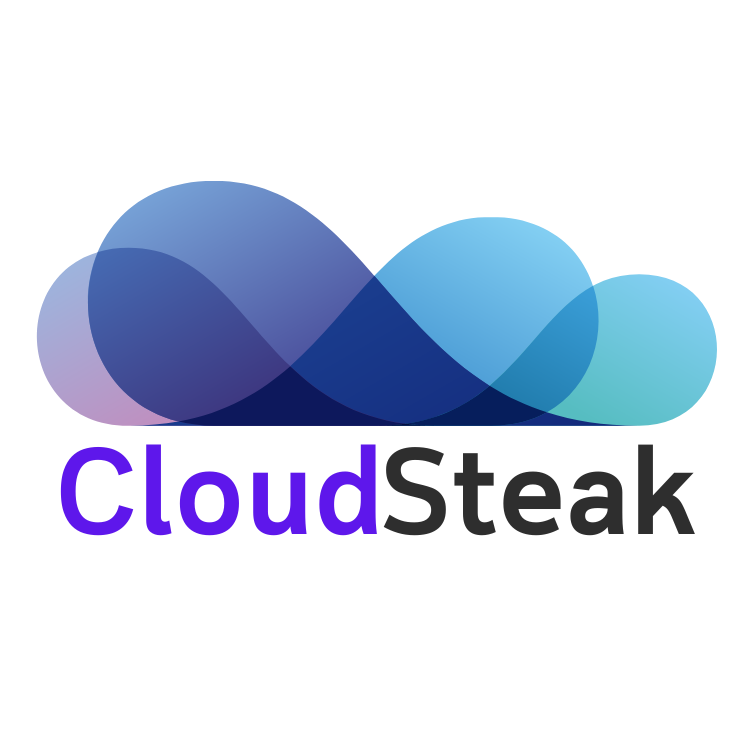Welcome to above the clouds

GCP – Discovery leads innovation in media and entertainment through dynamic workplace transformation
In the past two decades, Discovery has moved from a purely cable business based in the U.S. to a global media and entertainment powerhouse. Like many other businesses in the industry, we’ve had to adjust to the unique shifts in people’s behaviors and preferences, almost all of which result from the rise in streaming. We […]

GCP – How State of Arizona is getting thousands back to work with VAST
When the world was forced to go primarily online, state governments also faced the reality of needing to provide community services without the health risk of meeting in person. Old systems that relied on interpersonal contact could not keep up. An unprecedented number of displaced workers swamped every unemployment system. The capacity challenges weren’t limited […]

GCP – Google Cloud and NSF continue support for research at Minority-Serving Institutions
Google Cloud is proud to be supporting the National Science Foundation (NSF) Computer and Information Science and Engineering Minority-Serving Institutions Research Expansion (CISE-MSI) program for a second year. As the first cohort of award recipients launches, we are delighted to extend our support by again offering matching Google Cloud research credits to Principal Investigators (PIs) […]

GCP – Google Cloud enables the National Cancer Institute’s Institute for Systems Biology-Cancer Gateway in the Cloud to support breast cancer research with fast and secure data sharing
Research organizations today recognize the challenge of sifting through siloed data sets, and analyzing and sharing this data with the global research community—all while staying secure and compliant within a range of national and international standards. It is precisely these constraints that led the U.S. National Cancer Institute (NCI) to create Cloud Resources, which are […]

GCP – How to keep sensitive data out of your chatbots
As virtual agent adoption has grown, the use cases have increasingly begun to span conversation flows that include Personal Identifiable Information (PII) and sensitive data. Organizations and government agencies often view storing this data as an unacceptable risk and require automated redaction of sensitive information. But how? What’s the fastest, easiest way to achieve the […]

Azure – Automated key rotation in Azure Key Vault is now in public preview
Automated key rotation in Key Vault allows security officers to improve data security. Read More for the details.

GCP – How to become a certified cloud professional
Achieving a certification is seen as a stamp of approval validating one’s skills and expertise to perform a given job role. Google Cloud Certification program brings a framework to help equip organizations develop talent for the future. These certifications are not just about Google Cloud technologies. Just like the real-world, examinees are expected to know […]

Azure – Azure Cache for Redis: Diagnostics for connected clients is generally available
Use Azure diagnostic settings to log information on all client connections to your Azure Cache for Redis instance. Read More for the details.

Azure – Public preview: Microsoft Defender for Containers adds new capabilities for Kubernetes
Take advantage of several new and improved Kubernetes related capabilities via the Microsoft Defender for Containers offering. Read More for the details.

Azure – Azure Stream Analytics jobs to write to Azure Database for PostgreSQL in public preview
Choose Azure Database for PostgreSQL – Single Server, Flexible Server, or Hyperscale (Citus) as an output for your Azure Stream Analytics jobs to store real time analytical data. Read More for the details.
